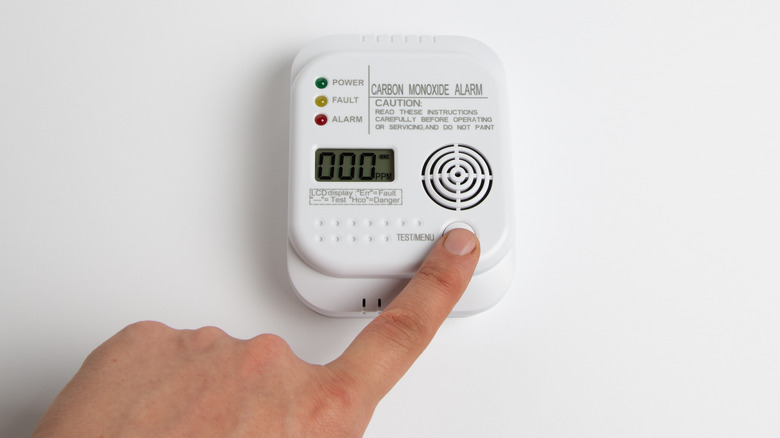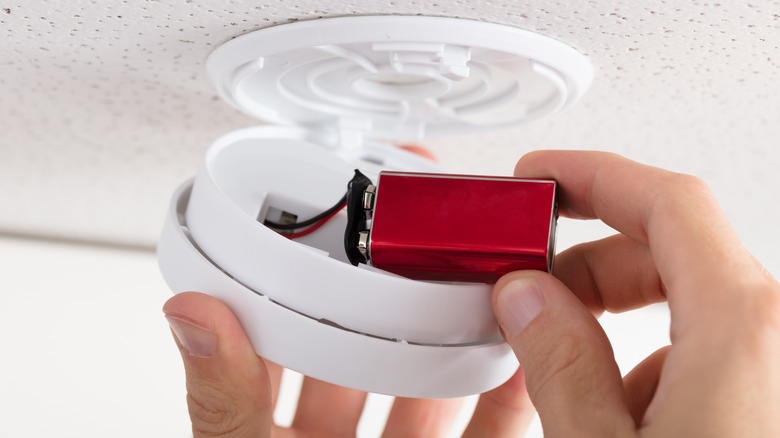Do You Have Enough Carbon Monoxide Sensors In Your Home?
You're likely aware of the importance of having an adequate number of smoke detectors in your home, but did you know that carbon monoxide poisoning is also a real danger for you and your family? The best way to alert your family members to dangerous levels of carbon monoxide is to install carbon monoxide sensors that detect this invisible and odor-free poisonous gas on each level of your home, even the basement.
Emergency rooms are flooded with more than 100,000 cases of unintentional poisoning from this gas each year, according to the Centers for Disease Control and Prevention (CDC). Even worse, every year at least 420 deaths occur in the United States related to breathing in carbon monoxide accidentally. The specific number required depends on how many sleeping areas you have since they should be placed in the hallway near all bedrooms, as recommended by the United States Consumer Safety Product Commission.
Proper placement and maintenance of carbon monoxide sensors
Having carbon monoxide alarms within 10 feet of each of the bedrooms in your home is imperative since they sound an alarm to wake you in case of danger. You might decide to put one inside each bedroom as well. To be completely safe, adding one at the entrance to an attached garage is also a good idea, according to The International Association of Fire Chiefs.
Many newer homes have carbon monoxide sensors built into smoke detectors that are hard-wired into the structure. Make sure that your smoke alarms have this feature and add carbon monoxide alarms or replace them with combo units if needed. Also, keep in mind that a carbon monoxide detector should be replaced every seven to 10 years. Stand-alone units made after 2009 will emit a beeping sound to let you know they are about to expire, according to the Seattle Fire Department. Those built-in smoke alarms generally last a few years longer before the entire unit needs to be replaced. Other required maintenance includes replacing the batteries about once every six months.
While you want to make sure to have enough carbon monoxide detectors, there are a couple of areas to avoid. Placing them near appliances that burn fuel is not recommended since they can trigger unwanted alarms. Avoid placing them in humid areas like bathrooms as well.
How to recognize and prevent carbon monoxide poisoning
Because carbon monoxide is odorless and invisible, most people don't realize they have a problem in their homes until they fall ill. Symptoms include headaches and dizziness along with feeling weak and nauseated or vomiting. Some people report chest pain and confusion. When asleep or under the influence of alcohol, you can die from carbon monoxide poisoning without developing these types of symptoms, as noted by the CDC.
To prevent carbon monoxide poisoning, make sure any appliances or heating systems using oil, gas, or coal are regularly checked and maintained. Keep fireplace and stove flues clean, too. Be mindful of keeping garage doors open when your car is running, and don't leave any type of motor running outdoors near an open window in your home. Avoid using all types of generators or tools with motors in enclosed spaces, even with a window open. Using charcoal grills, lanterns, or portable stoves indoors can also generate potentially fatal carbon monoxide. While this is something to take very seriously, by heeding this safety advice from the CDC and making sure you have enough carbon monoxide sensors, you can keep your family safe.


